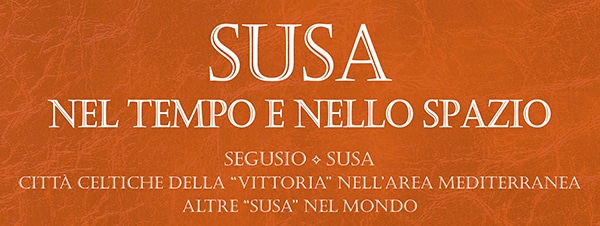Iran: SUSA – Shush
Situata nel sud-ovest dell’Iran, Shush, che era conosciuta come Susa in tempi antichi, fu capitale del regno degli Elamiti. Il re achemenide Dario I ne fece un importante centro dell’Impero, edificando un imponente palazzo denominato Apadana e che fu gravemente danneggiato al tempo dell’invasione della Persia da parte di Alessandro Magno. Con la morte di Alessandro iniziò il declino di Shusha a favore di Babilonia e poco dopo – nel corso di una rivolta – la città fu bruciata.
Gli scavi dell’antica Susa hanno una lunga storia. Fu un archeologo amatoriale britannico (William Loftus) che nel 1850 identificò il sito, lo mappò, aprì nuovi scavi sui tumuli dell’Acropoli, dell’Apadana e della Città Reale e scoprì parti della sala del trono. La regione in cui si trova Susa viene considerata la terra in cui nacquero l’agricoltura e l’addomesticamento degli animali e in cui vennero fondate le prime città-stato. Nel 2015, Susa è entrata a far parte del patrimonio mondiale dell’UNESCO. La tomba del profeta biblico Daniele, nel sud-ovest dell’Iran, è meta di continui pellegrinaggi religiosi, anche da parte della comunità musulmana.
Located in the south-west of Iran, Shush, which was known as Susa in ancient times, was the political capital of the Elamites. Achaemenid King Darius I revived the city after the Elamites, creating a grand winter palace for himself named Apadana which was damaged after the invasion of Persia by Alexander the Great. Alexander initiated Shushan’s decline by favouring Babylon and shortly after – following a revolt – the city was burnt to the ground.
The excavations of ancient Susa have a long history. It was a British amateur archeologist William Loftus who in the 1850s first identified the site, mapped it, opened trenches on the Acropole, Apadana, and Ville Royale mounds, and uncovered parts of the throne hall. The region surrounding Susa is considered in a region where agriculture, animal domestication, and first city states where developed. In 2015, Susa was added to the UNESCO World Heritage List. The tomb of the biblical prophet, Daniel, in southwestern Iran is daily revered by great numbers of domestic pilgrims including the Muslim community.
